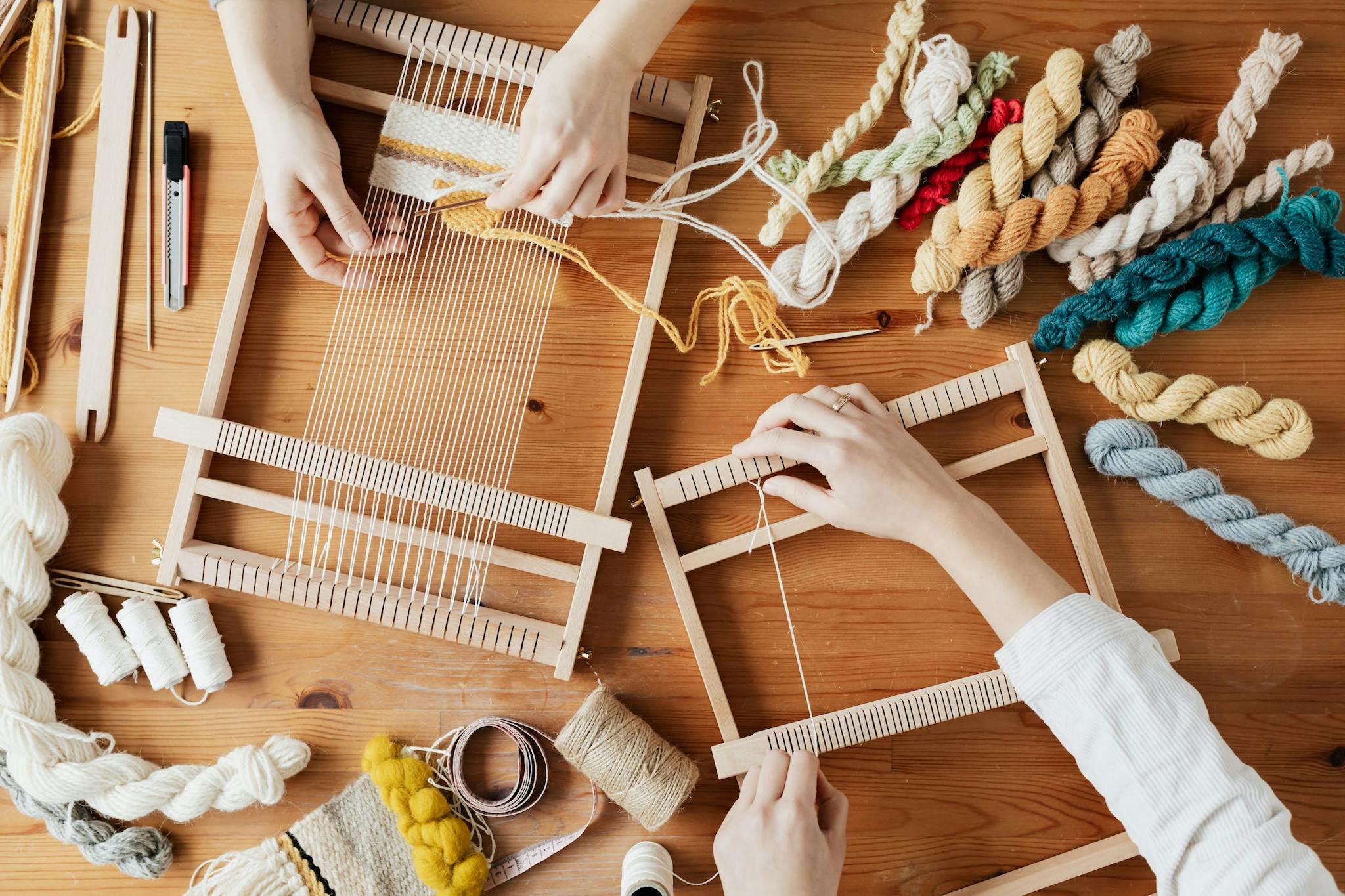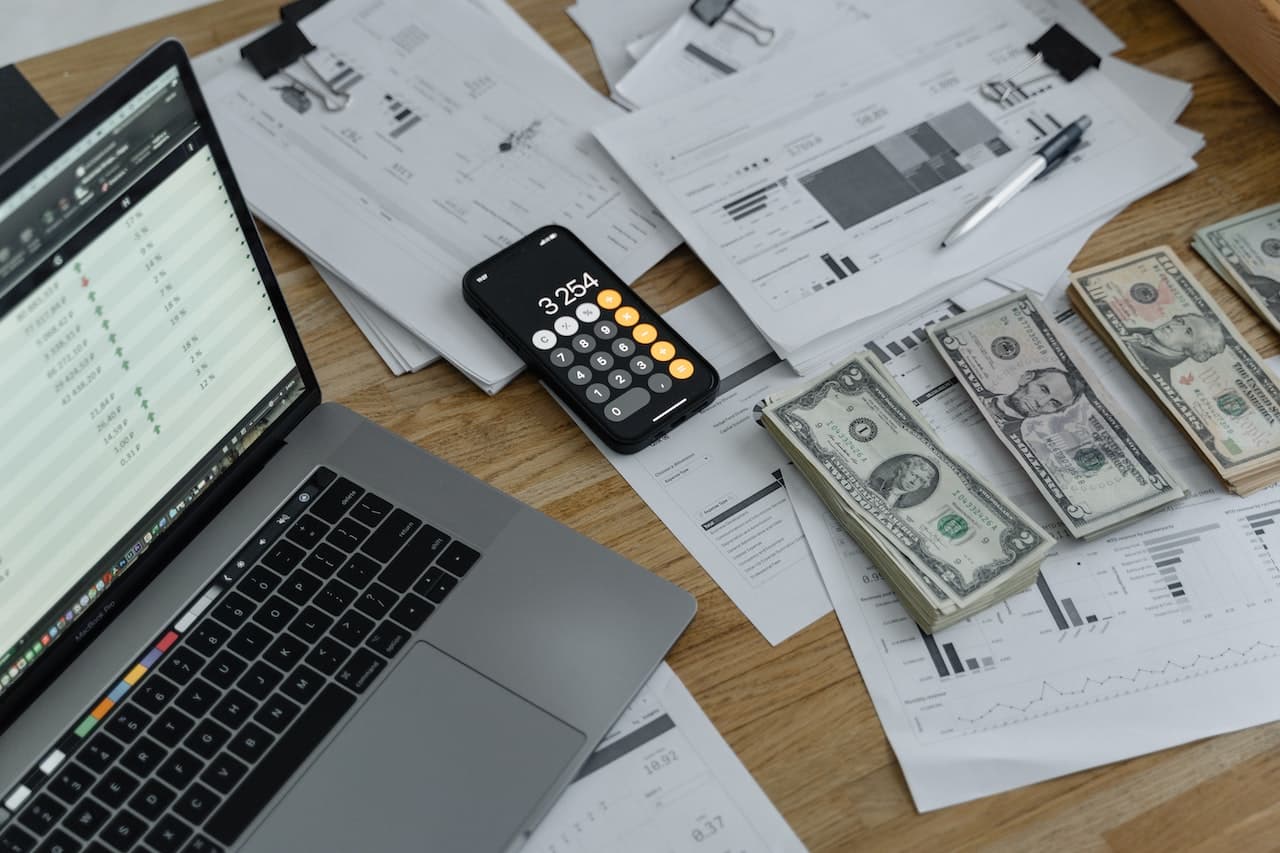
I wrote this article to assist you in learning how to meet your budget and save money while shopping for important items. In this article you will find:
In a world where every dollar counts and financial prudence is crucial, shopping for important items can pose a challenge. Whether it's groceries, household essentials, or big-ticket purchases, staying within budget is a top priority. However, with the right strategies and a mindful approach, you can navigate the shopping aisle without breaking the bank. In this article, we'll explore a range of effective strategies that can help you meet your budget while shopping for the items that matter most.
Here we go!
1. Create a Detailed Budget
Before setting foot in a store or browsing online, it's essential to have a clear and realistic budget in place. Allocate specific amounts to different categories, such as groceries, household goods, and personal items. Factor in any upcoming events or special occasions that might require additional spending. Having a well-defined budget acts as a guiding compass, preventing impulsive purchases and ensuring you prioritize necessities.
2. Make a Shopping List
Crafting a comprehensive shopping list is an invaluable step toward staying on budget. List the items you truly need, whether it's pantry staples, toiletries, or replacement household items. Stick to your list religiously, avoiding distractions from unnecessary items that could potentially lead you astray from your financial goals.
3. Prioritize Needs Over Wants
In the world of consumerism, it's easy to be enticed by shiny gadgets or trendy fashion pieces. However, when shopping on a budget, it's crucial to prioritize needs over wants. Distinguish between essential items that fulfill practical requirements and indulgent purchases that might stretch your budget thin. Channeling your resources toward necessities ensures that your essential needs are met without compromising your financial stability.
4. Compare Prices and Shop Smart
Embrace the power of comparison shopping to make informed purchasing decisions. Before making a purchase, research prices across different stores, both online and offline. Utilize price comparison websites and apps to ensure you're getting the best deal. Keep an eye out for sales, discounts, and promotional offers that can significantly lower the cost of essential items.
5. Embrace Couponing and Loyalty Programs
Coupons and loyalty programs can be potent tools in your budget-stretching arsenal. Clip coupons from newspapers, magazines, or digital platforms, and take advantage of special deals. Many retailers offer loyalty programs that provide discounts, rewards, and exclusive offers to frequent shoppers. Accumulating points through these programs can translate into substantial savings over time.
6. Bulk Buying for Savings
Bulk buying is a cost-effective strategy, particularly for items that have a longer shelf life. From non-perishable food items to cleaning supplies, purchasing in bulk often comes with a lower unit cost. However, exercise caution and assess whether the quantities align with your consumption patterns to avoid wastage.
7. Embrace DIY and Repurposing

Unleash your inner DIY enthusiast by exploring creative ways to repurpose items you already have. From home decor to clothing alterations, repurposing not only saves money but also adds a personal touch to your belongings. Additionally, consider making certain items from scratch, such as homemade cleaning solutions or even skincare products, which can significantly reduce costs over time.
8. Set Spending Limits for Big-Ticket Items
When making significant purchases like electronics or appliances, establish a clear spending limit beforehand. Research the options within your price range, read reviews, and consider the features that matter most to you. Setting a spending limit prevents you from succumbing to upselling tactics and ensures that your purchase aligns with your budgetary constraints.
9. Practice Mindful Shopping
Adopting a mindful approach to shopping involves being fully present during the process. Before adding an item to your cart, pause and ask yourself if it aligns with your needs and budget. Evaluate whether the purchase contributes to your overall well-being and whether it's truly essential. Mindful shopping encourages intentional spending and helps you avoid impulse purchases.
10. Track and Review Spending Regularly
Maintaining a habit of tracking and reviewing your spending regularly can provide valuable insights into your financial habits. Use budgeting apps or spreadsheets to record your expenses, categorize them, and monitor your progress toward meeting your budgetary goals. Regularly reviewing your spending patterns allows you to make adjustments, identify areas for improvement, and celebrate milestones.
The Art of Conscious Consumption
Navigating the shopping aisle while adhering to your budget requires a blend of strategic planning, conscious decision-making, and a commitment to your financial goals. By creating a well-defined budget, making thoughtful shopping lists, and adopting cost-saving strategies, you can confidently make essential purchases without sacrificing your financial stability. Remember, the journey toward meeting your budget while shopping for important items is an ongoing process that empowers you to align your spending with your values and aspirations.
This is a todo list of all the topics we mentioned in this article. You can use it to track your progress.
- Create a Detailed Budget
- Make a Shopping List
- Prioritize Needs Over Wants
- Compare Prices and Shop Smart
- Embrace Couponing and Loyalty Programs
- Bulk Buying for Savings
- Embrace DIY and Repurposing
- Set Spending Limits for Big-Ticket Items
- Practice Mindful Shopping
- Track and Review Spending Regularly
Frequently Asked Questions
What is figuring out the unit price of something useful when shopping?
Figuring out the unit price of a product is an essential skill when shopping because it allows you to make more informed and cost-effective purchasing decisions. Unit price refers to the cost of a single unit or quantity of a product, typically standardized to a common unit like ounces, liters, or pieces. It helps you compare the true value of different product sizes or brands and ensures you're getting the most for your money.
For example, let's say you're in a grocery store deciding between two different sizes of a box of cereal: a small 12-ounce box priced at $3.99 and a larger 24-ounce box priced at $7.99. At first glance, the smaller box might seem cheaper, but by calculating the unit price (price per ounce), you realize that the larger box offers better value at around 33 cents per ounce compared to the smaller box's 33.25 cents per ounce. In this case, figuring out the unit price helps you save money in the long run.
What does making a good purchasing decision require?
Making a good purchasing decision requires careful consideration of several factors to ensure you get the most value for your money and align with your needs and preferences. Firstly, it's essential to conduct thorough research. This involves gathering information about the product or service you intend to purchase, reading reviews, and comparing different options in terms of quality, features, and prices.
For instance, if you're planning to buy a smartphone, you might research various brands, models, and their specifications, reading customer reviews and expert opinions to understand their performance, durability, and user-friendliness. A well-informed decision is more likely to result in satisfaction.
Secondly, a good purchasing decision involves setting a budget and sticking to it. Understand your financial constraints and be realistic about what you can afford. Avoid impulse purchases and take advantage of discounts or promotions when possible.
Lastly, consider the long-term value and your specific needs. A product that offers durability or additional features that align with your lifestyle may be a better choice, even if it initially costs more. Evaluating your needs and weighing them against the price helps ensure your purchase meets your requirements.
Which method of payment actually is a form of borrowing money?
Credit cards are a prime example of a payment method that is a form of borrowing money. When you use a credit card to make a purchase, you're essentially borrowing money from the issuing bank or financial institution. This borrowed amount is not deducted from your bank account immediately, but instead, it accumulates as a balance on your credit card account.
For instance, if you make a $500 purchase using your credit card, you're not paying that amount upfront. Instead, the credit card company covers the cost on your behalf, and you agree to repay the borrowed amount later. If you don't pay off the balance in full by the end of the billing cycle, you'll be charged interest on the remaining amount. This interest is essentially the cost of borrowing money, and it can accumulate quickly if you only make minimum payments.
While credit cards offer convenience and flexibility, they also come with the responsibility of managing your debt wisely to avoid high-interest charges. It's important to use credit cards responsibly and pay off your balances on time to prevent accumulating debt.
What is the best reason for why someone would want to lease a house instead of buying one?
One of the primary reasons someone might choose to lease a house instead of buying one is the flexibility it offers. Leasing a house provides the tenant with the ability to have a place to live without the long-term commitment and financial responsibility that comes with homeownership. This flexibility can be especially advantageous in various situations.
For example, a young professional who expects to relocate for work in a few years may prefer to lease a house rather than buy one. Leasing allows them to enjoy the benefits of a home without the worry of selling a property when they need to move. Similarly, someone who is unsure about their long-term housing needs, such as a student or a recent graduate, may opt for a lease to avoid the financial commitment of buying a house.
Leasing also provides the advantage of not being responsible for major maintenance and repairs. When you lease a property, the landlord typically handles these issues, alleviating the financial burden and responsibility that homeowners face. This can be particularly appealing for individuals who lack the resources or desire to maintain a property themselves.
In summary, leasing a house is a suitable option for those seeking flexibility, avoiding long-term financial commitments, and wanting to sidestep the responsibilities of property maintenance. It offers a viable housing solution for various life circumstances and preferences.




